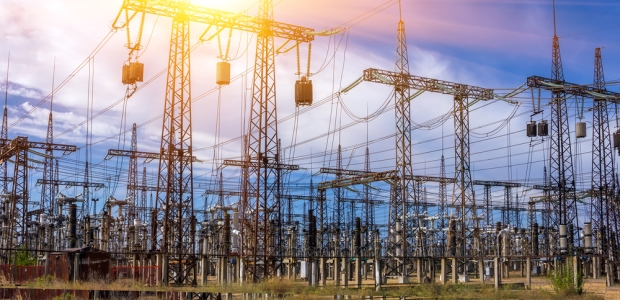
Electromagnetic Pulse Report Calls on DHS, DOE to Identify Key Infrastructure
The GAO report released May 17 said the two agencies had not acted to identify key infrastructure assets as required, given their responsibilities under the National Infrastructure Protection Plan. Both agencies concurred with the recommendation, according to the report.
A newly released report from the U.S. Government Accountability Office (GAO) assesses how well federal agencies have prepared to cope with an electromagnetic pulse, either triggered intentionally by detonation of a nuclear device, by a nonnuclear EMP weapon, or a naturally occurring solar event. The Department of Homeland Security (DHS) has the lead role and is supported by the Department of Energy (DOE), with the Department of Defense, Federal Energy Regulatory Commission, NOAA, the U.S. Geological Survey, and NASA also working on this threat, according to the report, which was posted on the GAO website on May 17.
It notes that a major natural event, called a geomagnetic disturbance (GMD), occurred in 1989 and affected the Hydro-Quebec power system in Canada, causing the regional electric grid to collapse within 92 seconds and leaving 6 million customers without power for up to nine hours.
The report discusses activities to date by DHS and DOE in response to the 2008 report by the Commission to Assess the Threat to the United States from Electromagnetic Pulse Attack and finds the two agencies had not acted to identify key infrastructure assets as required given their responsibilities under the National Infrastructure Protection Plan. Both agencies concurred with that recommendation, according to the report.
Industry representatives and federal officials told Chris Currie, GAO's director of Homeland Security and Justice and the report's author, that it was unclear who at DHS is responsible for addressing electromagnetic risks. The report recommends that DHS designate such roles and responsibilities, and DHS also concurred in this recommendation and will accomplish that this year, it says.
The report says GAO is also evaluating the electromagnetic event preparedness of U.S. electricity providers and is making a technical assessment of protective equipment that could mitigate the impacts of a GMD on electrical infrastructure. Both projects should be finished by mid-2017, it states.